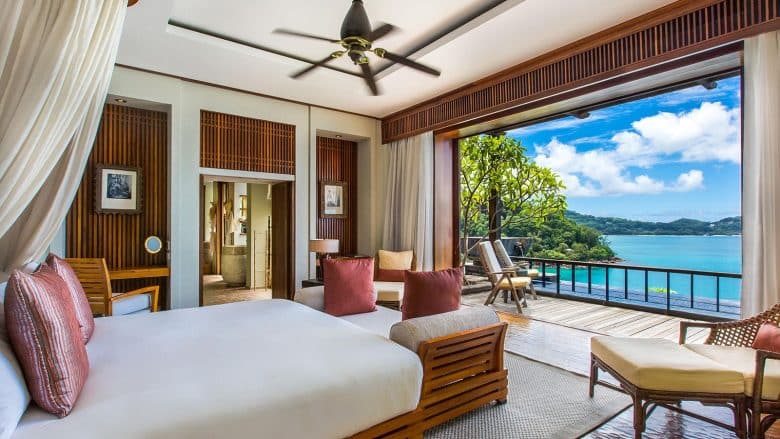In today’s fast-paced and interconnected world, the lines between business and leisure are increasingly blurring, giving rise to the bleisure traveler. This new breed of traveler combines business trips with leisure activities, looking to maximize their time away from home by exploring new destinations. For the travel and hospitality industry, understanding how to effectively market to and attract bleisure travelers is crucial. Here are key strategies to tap into this lucrative market.
Understanding the Bleisure Traveler
Bleisure travelers are typically professionals who extend their business trips for leisure purposes. They may be attending a conference, visiting clients, or on a work assignment in another city or country. The typical bleisure traveler is looking for convenience, value, and local experiences that can seamlessly blend with their business obligations.

Marketing Strategies
1. Targeted Advertising
Use data-driven insights to target ads to professionals who are already traveling for business. Platforms like LinkedIn and industry-specific journals are excellent channels. Tailor your messaging to highlight the benefits of extending their stay for leisure, emphasizing both relaxation and local attractions.
2. Customizable Packages
Offer customizable travel packages that cater to both the business and leisure aspects of the trip. Packages might include flexible check-in and check-out times, a guide to local attractions, and special weekend or post-conference rates.
3. Partnerships with Corporates
Establish partnerships with corporations to offer special deals or promotions specifically for their employees. This can include loyalty programs that reward both the corporation and the individual traveler, incentivizing employees to book their business and leisure travel together.
4. Local Experience Integration
Promote local experiences that can fit into a business traveler’s schedule. This could be evening city tours, tickets to a local event, or reservations at a highly-rated restaurant. These offerings should cater to the limited time a business traveler might have outside of their work commitments.
5. Digital Convenience
Optimize your digital platforms to cater to the needs of bleisure travelers. A mobile-friendly website that allows for easy booking of both accommodations and additional services is essential. Include clear, concise information about amenities that appeal to both business and leisure needs, like high-speed internet, workspaces, and wellness facilities.
6. Content Marketing
Use content marketing to attract bleisure travelers by highlighting stories or articles about balancing work and travel, tips for extending business trips, and guides to the local area. Blogs, videos, and social media posts that showcase real-life bleisure experiences can inspire potential travelers to consider extending their next business trip.
7. Email Marketing
Using email marketing to reach potential bleisure clients who aren’t yet customers requires strategic targeting and engaging content. To capture the interest of this audience, Americas Great Resorts can create captivating email campaigns that showcase the advantages of blending business with leisure at their destinations. This might include highlighting key amenities such as flexible workspaces, wellness facilities, and proximity to local attractions. Tailoring content to illustrate how extending a business trip can lead to discovering new experiences can spark curiosity and interest.
8. Flexible Policies
Offer flexible policies that cater to the unpredictable nature of business travel, such as easy rescheduling or last-minute cancellation options. This flexibility can be a deciding factor for business travelers when choosing where to book.
Challenges and Opportunities
While the bleisure market presents significant opportunities, there are also challenges to consider. It requires understanding the unique needs and behaviors of business travelers, as well as continuous adaptation to the evolving travel landscape. Companies must navigate logistical considerations, manage travel policies, and ensure they are offering genuinely appealing options that resonate with the professional during their work commitments.
Conclusion
Attracting the bleisure traveler requires a shift in perspective from viewing business and leisure as separate entities to offering a holistic travel experience. By focusing on convenience, flexibility, and local experiences, travel providers can not only attract but also retain bleisure travelers, turning them into repeat customers. In this evolving market, those who can seamlessly integrate the needs of business with the perks of leisure will thrive, capturing the attention and loyalty of this growing segment of travelers.

